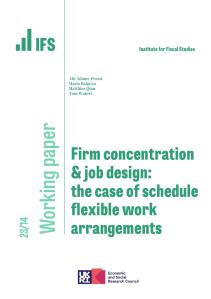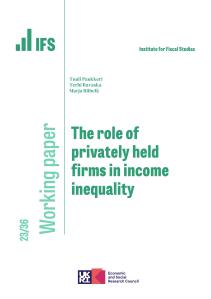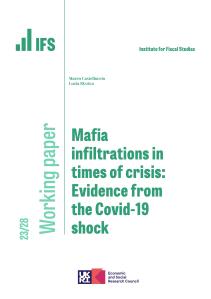Authors

Research Associate University of Oxford and Oxford Centre for Business Taxation
Michael joined the IFS in 1982 and he has been a Research Fellow since 1990 and a Professor of Economics at the University of Oxford.

CPP Co-Director, IFS Research Director
Rachel is Research Director and Professor at the University of Manchester. She was made a Dame for services to economic policy and education in 2021.

Helen Simpson
Journal article details
- DOI
- 10.1016/j.jpubeco.2006.12.002
- JEL
- R12, R3
- Issue
- March 2007
Suggested citation
M, Devereux and R, Griffith and H, Simpson. (2007). 'Firm location decisions, regional grants and agglomeration externalities' (2007)
More from IFS
Understand this issue

Retirement is not always a choice that workers can afford to make
6 November 2023

How did parents’ experiences in the labour market shape children’s social and emotional development during the pandemic?
1 August 2023

Work from home: what does the future look like?
24 May 2023
Policy analysis

Progression of nurses within the NHS
12 April 2024

Regional variation in earnings and the retention of NHS staff in Agenda for Change bands 1 to 4
10 April 2024

Recent trends in public sector pay
26 March 2024
Academic research

Firm concentration & job design: the case of schedule flexible work arrangements
6 April 2023

The role of privately held firms in income inequality
29 November 2023

Mafia infiltrations in times of crisis: Evidence from the Covid-19 shock
9 October 2023